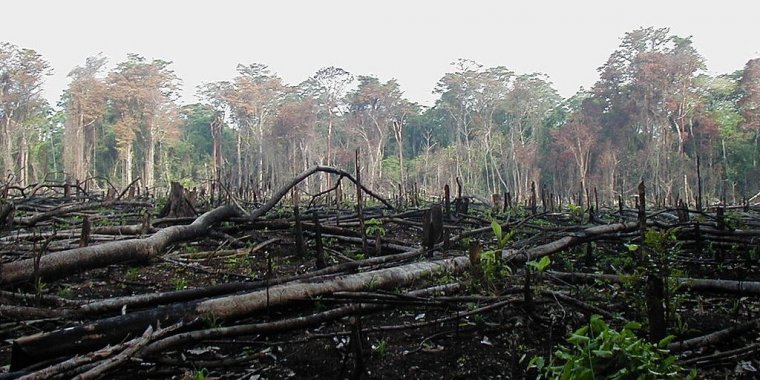| News / Science News |
Most countries lose out with forest-to-farm conversions
Converting forests into farms is not economically viable except in selected regions, says a global study.

Jungle burned for agriculture in southern Mexico. ![]()
The study by researchers from the National University of Singapore (NUS) examined deforestation in more than 50 countries in the tropics between 2000—2012, and identified regions where deforestation is most and least beneficial.
Areas where benefits from agricultural conversion are higher than cost of deforestation were identified as the Atlantic Forest (mostly coastal Brazil), the Gulf of Guinea and Thailand. These areas have high potential yields, low production costs, high prices for the produce and have market accessibility to trade centres such as cities.
In contrast, deforestation in Latin America, insular South-East Asia (which include Brunei, Indonesia, Malaysia, the Philippines, Singapore and Timor Leste) and Madagascar derived low agricultural benefits and high environmental costs.
The team analysed deforestation and crop distribution and studied the trade-offs between agricultural benefits, carbon emissions and losses of multiple ecosystem services, which are benefits obtained by people from ecosystems such as forests. These benefits include carbon sequestration, flood protection and water purification.
The findings show that while gains by agriculture are US$32 billion to US$53 billion per year, the environmental damage caused by tropical deforestation during this period amounts to future annual losses of US$107 billion to US$135 billion per year. On the whole, tropical deforestation generates large economic losses and subsequent erosion from conversion was not even factored into the analysis.
Even the areas identified in the study as suitable for deforestation, they are full of critically endangered species.
What is needed is a step change in how food is produced across the tropics to prevent further deforestation and thus slow climate change, save biodiversity and continue the flow of ecosystem services that people require. (SciDev.Net)
YOU MAY ALSO LIKE


